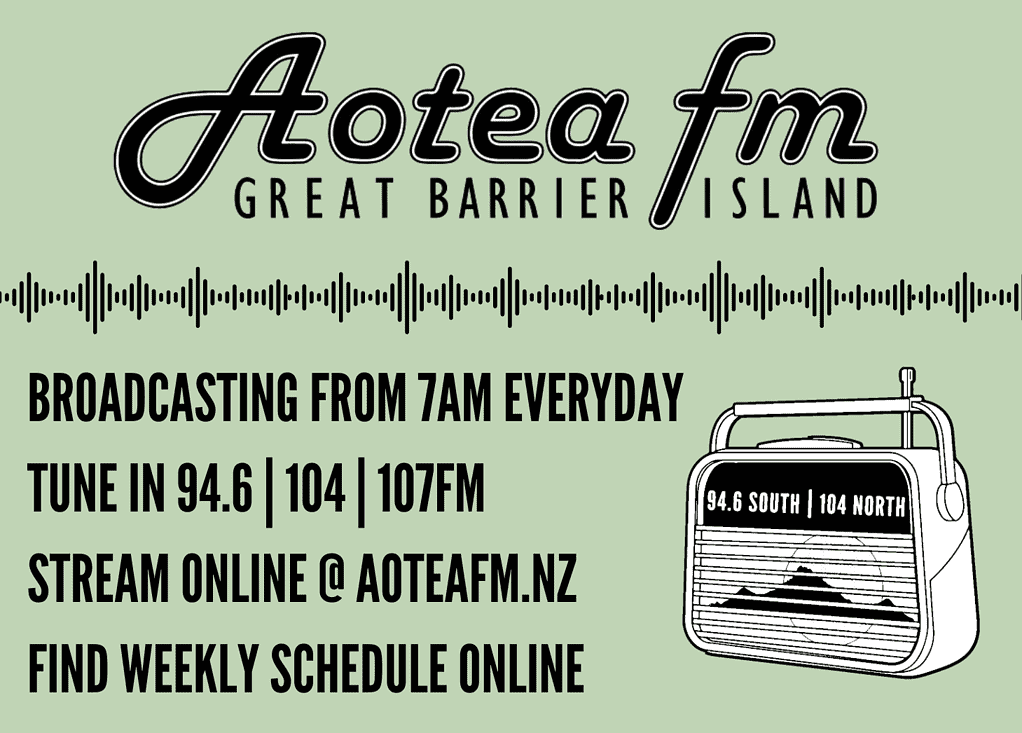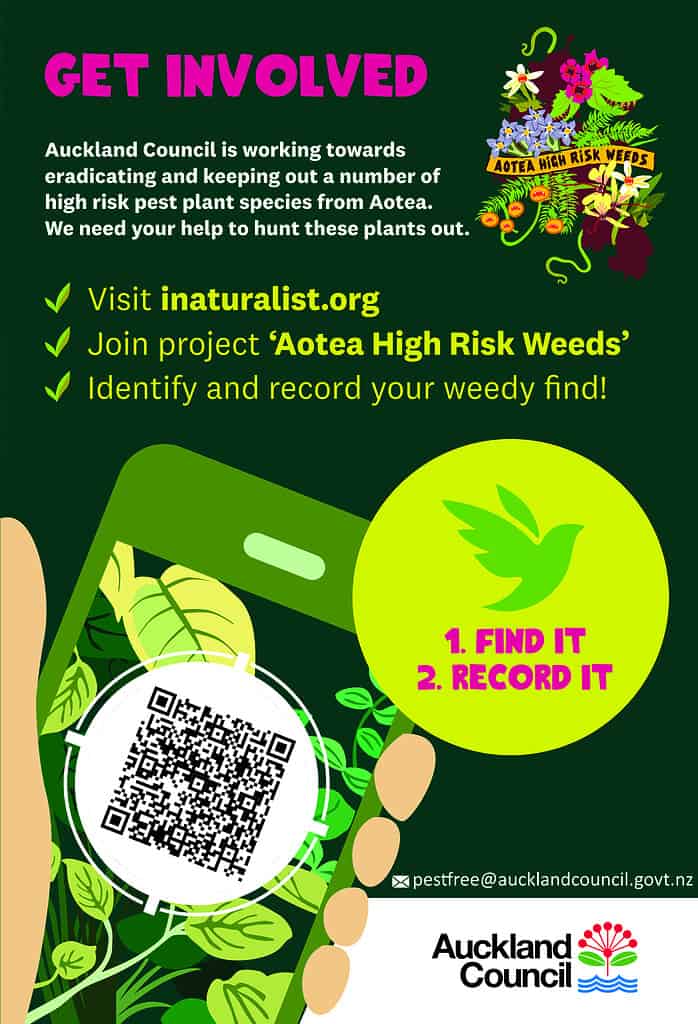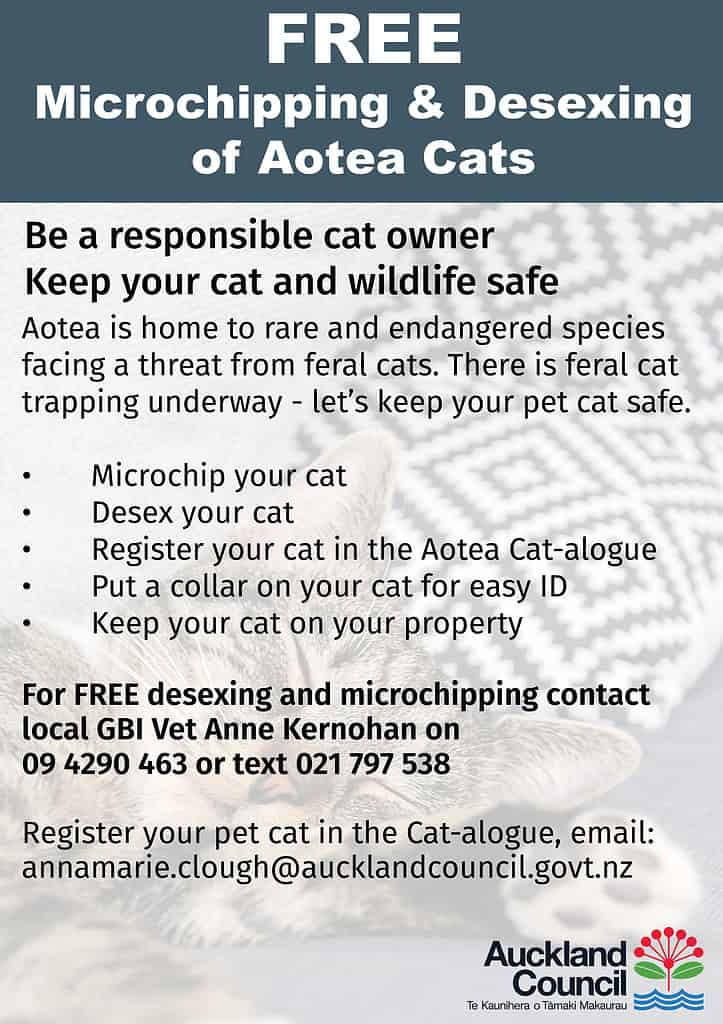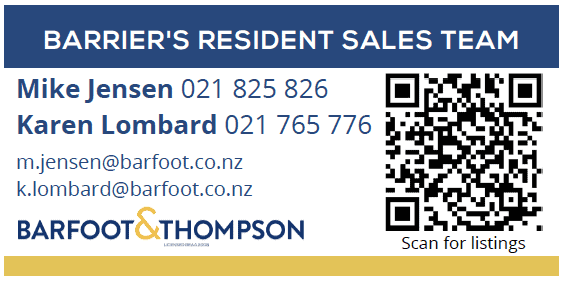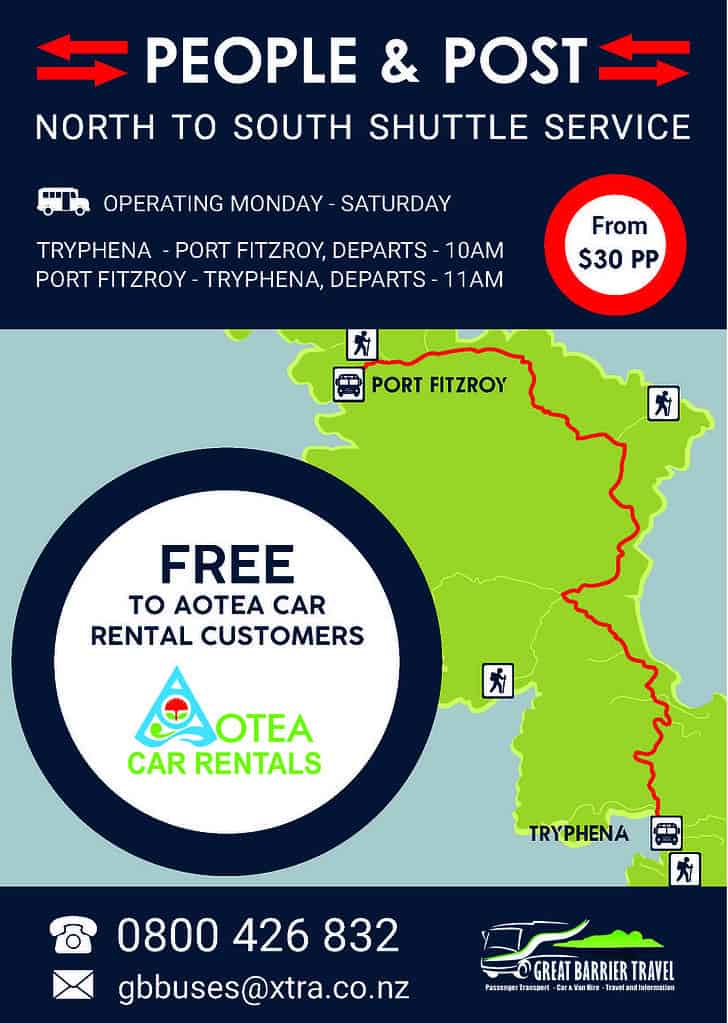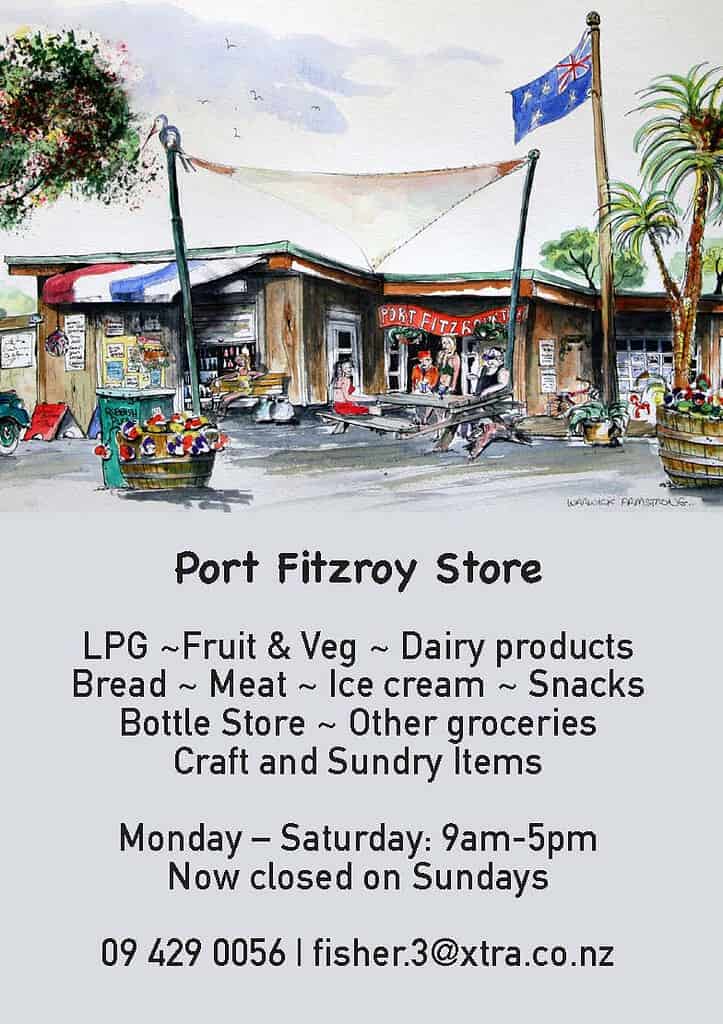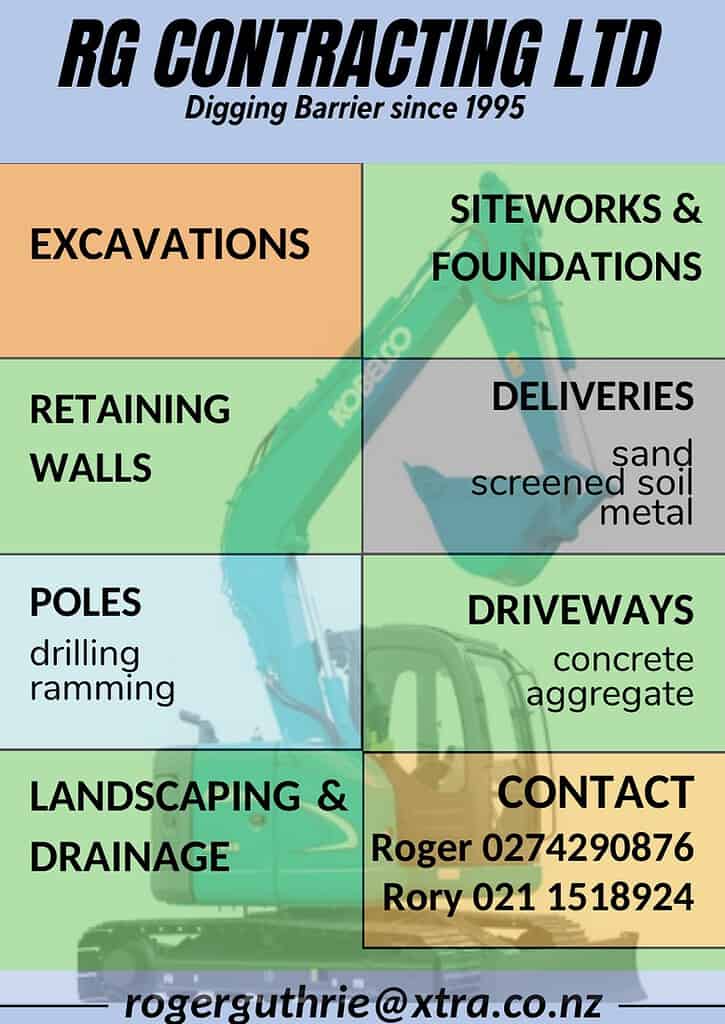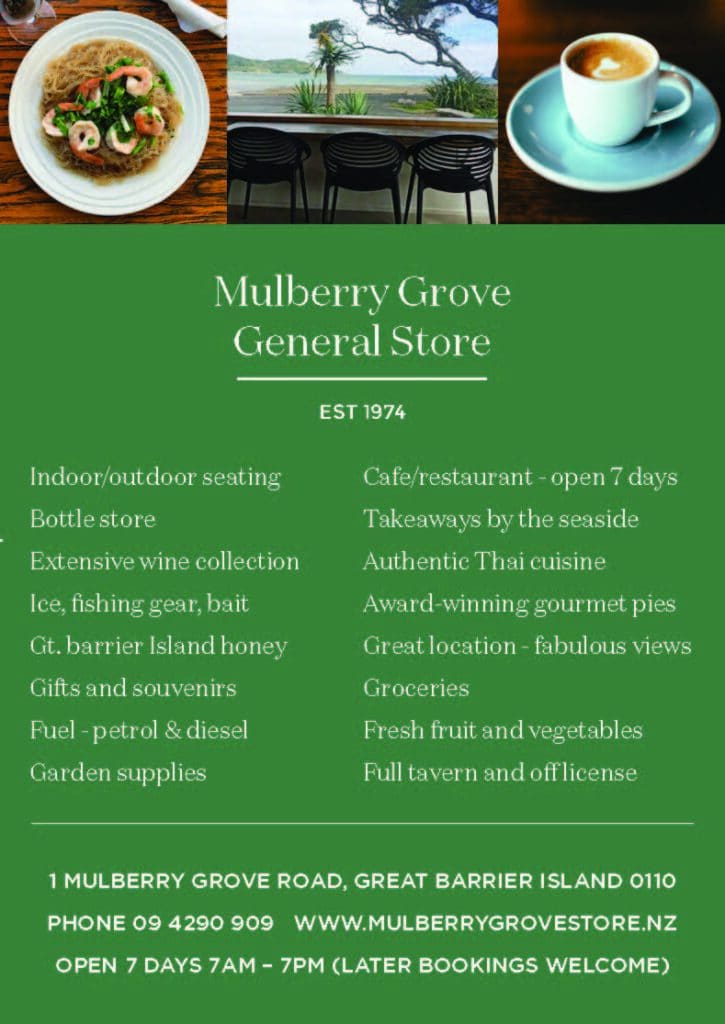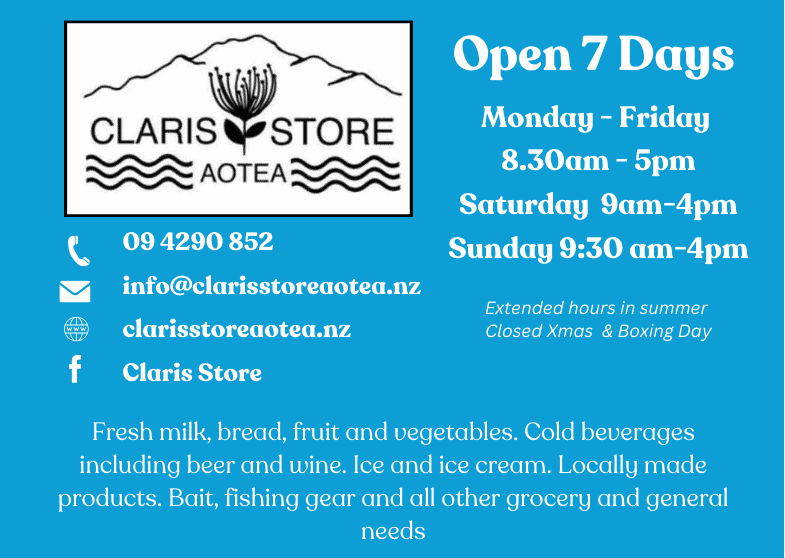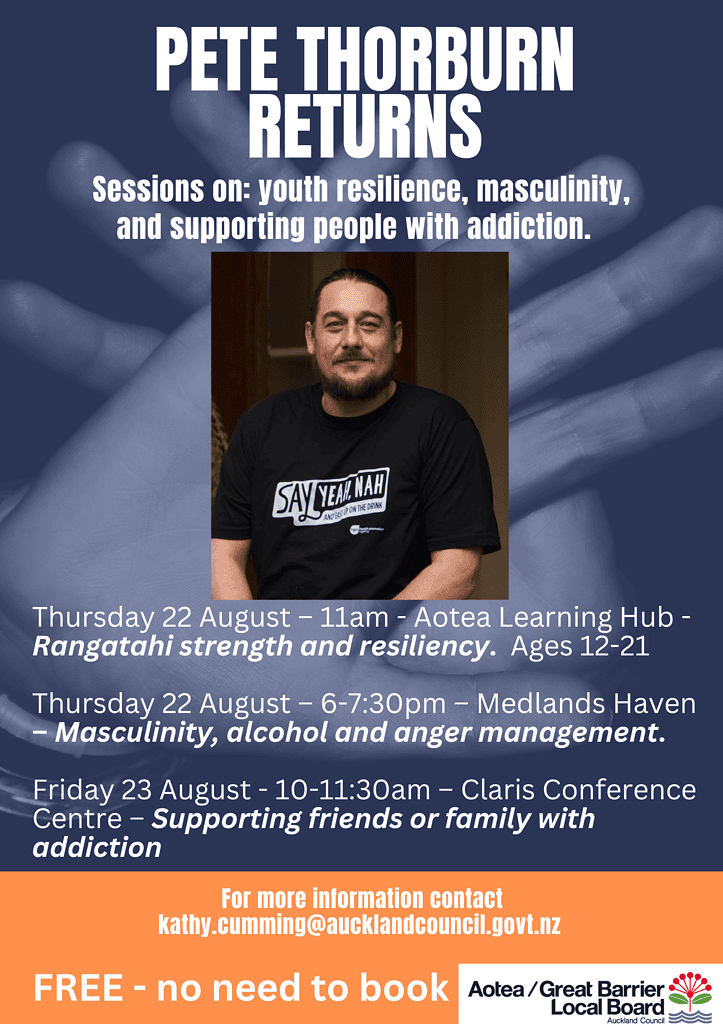“It is time to put the events of Sunday 28th July behind me, but a few points are worth making.”
First and foremost – “thank you” to all those who helped get me out of the situation into which I had put myself and supported Jenni as she worried about me. They say it takes a village to raise a child; well, it seems it takes a community and more to stop an “elderly man” from behaving like a child. In particular I thank the Police, especially the LandSARS team (Steve and Pat) who were dropped in from the Eagle helicopter to help me get to a safer position for an air-lift. All very professional, well equipped, fit and competent.
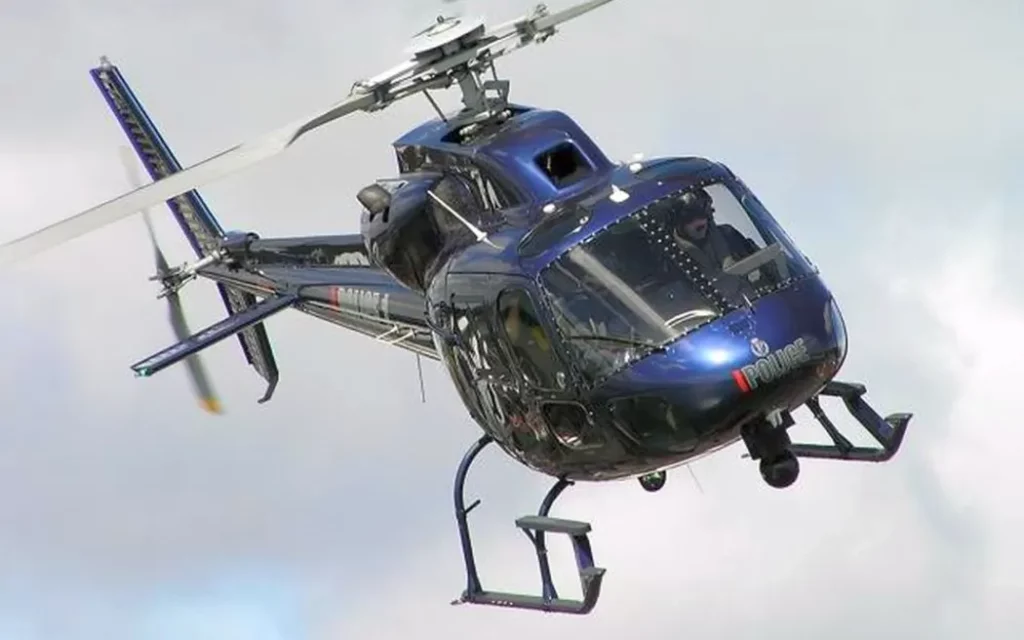
Likewise, our local police (Roger and Andy) kept in touch with the rescue pair and with Jenni in a supportive and professional manner. The Westpac helicopter arrived soon after but thought the situation too dangerous to lift me off due to wind and darkness; we had to ascend higher to the ridge top for rescue in the morning. To the helicopter pilots, especially the person flying the Eagle very low over irregular windshorne bush and rocky outcrops in the dark looking for me, finding me, and somehow dropping off my rescuers – thankyou. I was very pleased to hear your “seen you” hooter. Thank you too to the Coastguards from Tryphena. I know you were out there in the dark looking for me. I could hear you but you couldn’t hear my whistle due to the wind. The Westpac team arrived exactly as they had radioed on Monday morning. My thanks go out to them, and to the young woman, whose name I immediately forgot, who descended from the Westpac helicopter and whisked me up. They soon had me in the Health Centre in Claris, where Tania ascertained that there was nothing wrong with me except a lot of scratches and very cold feet looking a bit like battered fish fillets. Out of my ruined wetsuit and warmed with tea and blankets I was taken home for a sleep.
So what has been learned? Well, quite a lot, but the main point is that I should never have set off on that expedition down that coast (which I know quite well) in the winter with shorter days. The sore hips, preventing me paddling and balancing properly in the kayak as the sea got bigger on the return were an unanticipated problem. My exit strategy to the small boulder beach worked, but I totally underestimated the steepness, distance and difficulty of the climb up to the ridge south of Goat Hill. And I overestimated my ability.
“That wind-shorn manuka with tall heather and cutty grass is almost impenetrable and the situation without a torch became serious once its dark”
I suffer from a condition called Raynaud’s syndrome, in which finger-tips become totally numb if they are cold. I knew that, but never knew it would prevent me from sliding off the catch on my Epirb to release the aerial, or the cover to the activation button. I could neither feel nor see either.
Now here is the crucial point for anyone with a similar device. There are two types of Emergency Beacon; Epirb (Emergency Position Indicator Radio Beacon) and PLB (Personal Locator Beacon). Mine was not actually an EPIRB (as I have been incorrectly calling it) it was a PLB. Years ago, when deciding what to get, I read that PLBs are small and suitable for use both in the bush and in a kayak so I thought that was what I wanted.
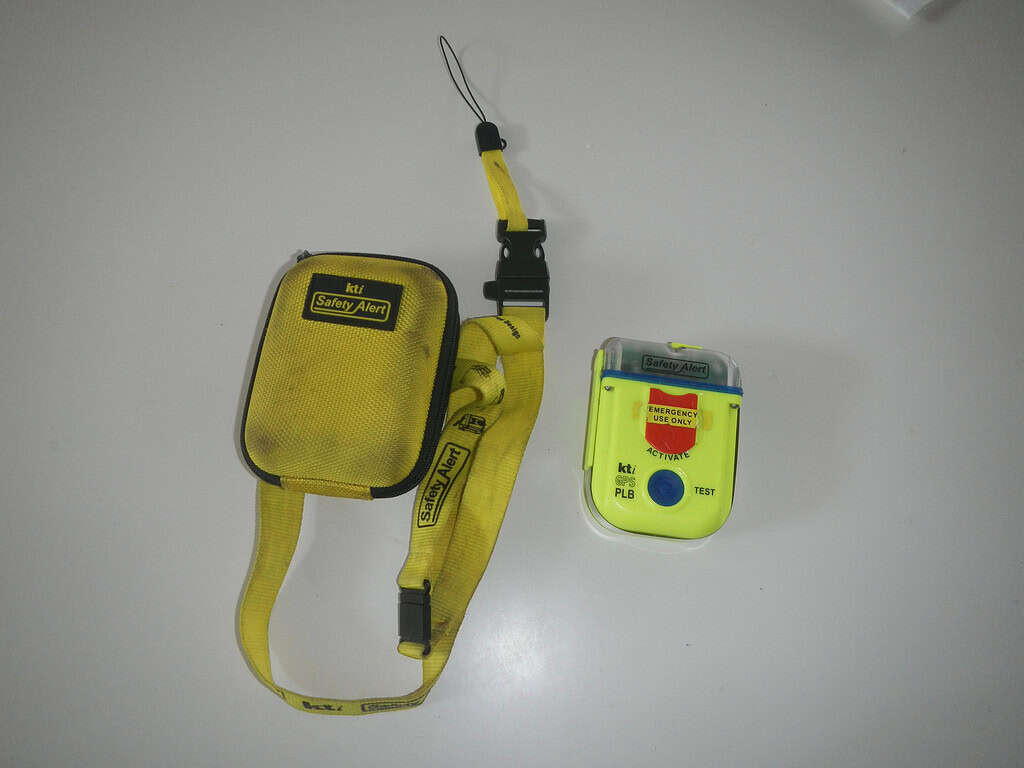
Both EPIRB and PLBs must be registered to Maritime New Zealand Rescue Coordination Centre and both are monitored by them. But Maritime NZ only regulates EPIRBS with a Solas (wheel) insignia. So don’t be confused by ‘register’ and ‘regulate’; read the small print.
Check out the actual manufacturer’s specifications. In particular, make sure the device itself, rather than just the case, has a lanyard and will float. Perhaps the MNZ Rescue Coordination Centre could have pointed this out when I registered it, but that is not their responsibility; they neither regulate such products nor make comments on their design, though they do monitor them and should pick up the signal if it is activated just as with bigger EPIRBS. So, I basically had the wrong device for use on a kayak. However, I never tried to use it on my kayak – I was in the bush when I tried.
The day before I had checked the PLB. It is in a small tight case (with a neck strap) which is opened by a zip. The zipper puller is small and I found it hard to unzip, so I put CRC on it. In retrospect I should have put a loop of cord through the puller so it could be pulled harder.
Once out of the case the PLB has no lanyard and nowhere to fasten one. I slid off the aerial catch with my thumbnail and tested the device – battery, strobe light etc all indicated OK now.
So, when I tried on Sunday night I knew what to do, but with cold fingers I couldn’t do it. What is just a bit stiff when sitting on the deck at home, becomes impossible with frozen fingers in the dark. I got it out of the case OK but had to hold the device in one hand while attempting to get it going with the other. Couldn’t risk dropping it with nothing around my neck. So I guess the learning here is to make sure you have a suitable device and have practiced operating it in the dark (without setting it off!). Ideally have a second device also, although cell phones don’t work everywhere (including the steep slopes in my location) they do have a light, which even random tapping will eventually illuminate. If your potential use is primarily marine make sure you get an MNZ ‘solas’ (wheel) device which floats and has a lanyard.
I do not put any blame on MNZ (Rescue Coordination) – their website has a lot of excellent advice for anyone going out paddling on the ocean. The fault was mine alone. And my retrospective advice is, if you know the location could be hard to get out of due to a sea change, available time, old age, or whatever, just sit on the beach instead. Then you’ll not have to give sincere apologies for putting wife, family and friends to awful worry, and many others to inconvenience or risk.
My PLB is KTi GPS PLB (Kinetic Technology) model SA2G. The ariel slider seems very easy now, but I don’t recommend it.
Words by John Ogden.



